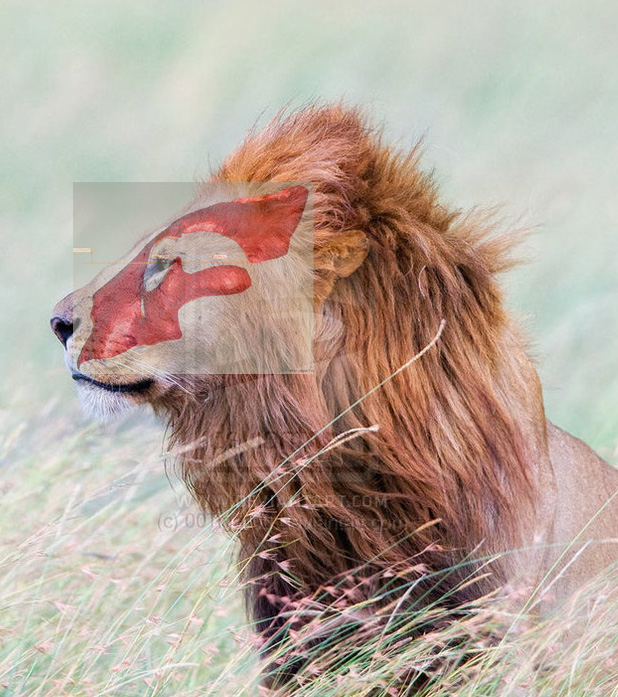Determining Natural Head Angle for Extant Animal Species
Student: Eric Tobaben, Kirk Wu
Investigators: Ken Fischer, PhD; Larry Martin, PhD
The goal of this study is to test a theory on how to obtain the natural head angle of animals of the falidae family. In order to begin this study, we needed to procure skulls which we used to study and verify our findings. We used 3 lion skuls, 3 domestic cat skulls and 1 skull of many other types of large cats. In order to study our theory, we needed to create a 3D model of the skulls.
With the help of the digitizing device Mircoscribe 3D-XL by Immersion Corporation, we collect the geometric information of each skull and transfer them into the computer. Geomagic Studio (Geomagic Inc.) software is used to generate and display 3-D geometric models of the skulls in the computer. Key features from the skulls are the rims of the eye sockets, rims of the nerve openings, and features like ear opening and nose ridge that are used as references to describe the angular relationship between the skull and the ground.
After creating the 3D model, we found the centroids of both eyesockets and optical foramen. With one side we made an axis from the optical foramen centroid to that of the eyesocket. By using this axis and the centroid of the other eye socket we created a plane (Picture 1). Our theory says that this plane is the natural plane of vision. We rotated the skull to a profile view and tilted it until the plane of vision was horizontal. The skull is now tilted to the natural head angle for looking horizontally.
We tested our theory by comparing the 3D models with plane of vision to pictures of animals in the wild looking to the horizon. The plane of vision was centered through the eye of the animal (Picture 2) and was checked to see if the skull correcly fit the head of the animal.
For the lions and domestic house cats, we used two similar points on each species and made a line between them. We then measured the angle between this line and the plane of vision and found the variation. In the lion skulls there was only 2.33 degree difference between the largest and smallest angles obtained.
The success of this project will enable naturalists to use this technique as an important tool to determine the Natural Head Angle (head position) of extinct animals (i.e. Saber Tooth Tiger, Tyrannosaurus and so on). The information of the Natural Head Angle is usually extremely valuable in studying the extinct animals’ life and the environmental change around them.

